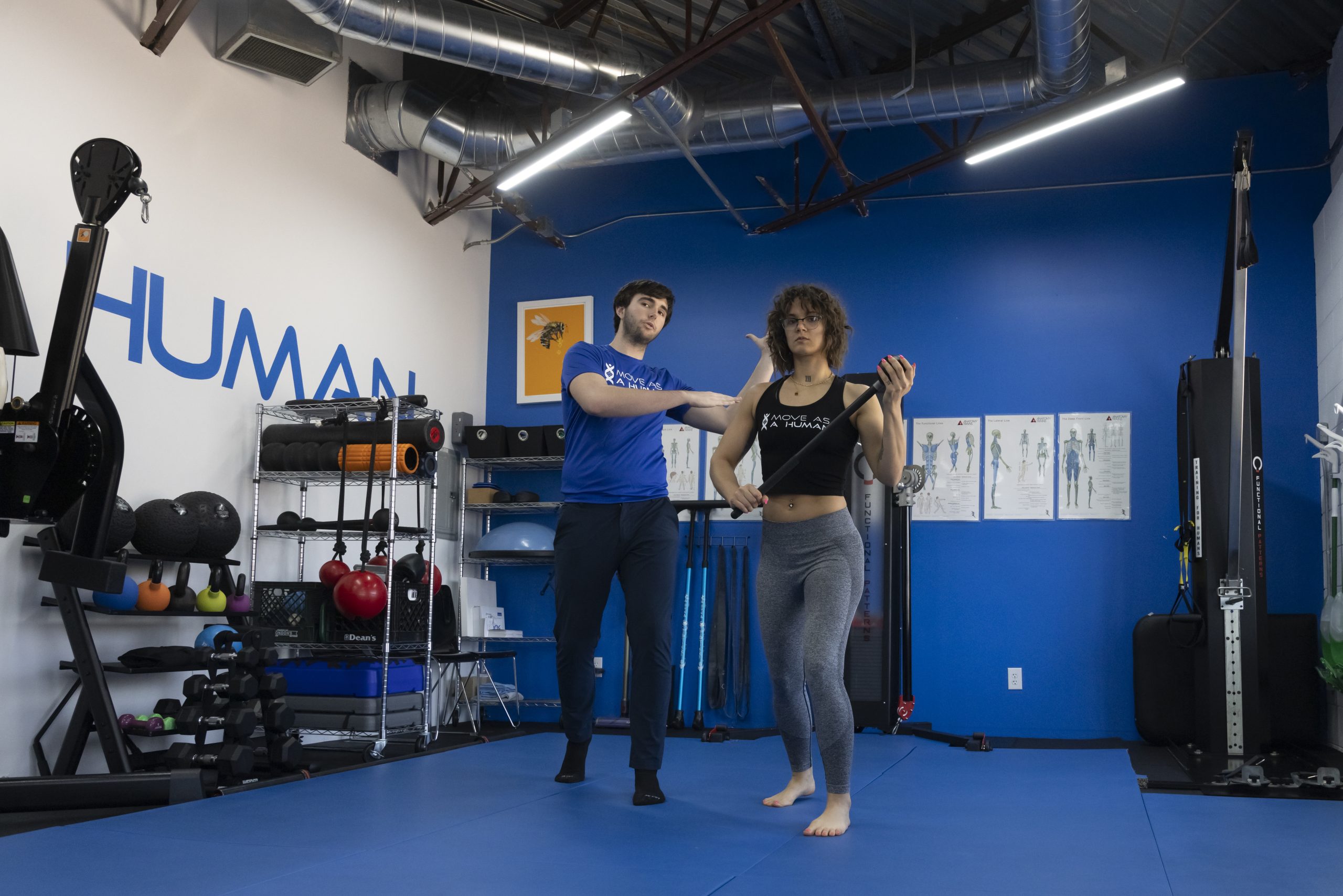Injury recovery and pain management are crucial for maintaining an active and healthy lifestyle. Most people in Royal Oak, MI typically turn to physical therapy (PT) when dealing with an injury, recovering from surgery, or managing chronic pain. Physical therapy has long been the go-to solution for acute pain and helping individuals regain mobility. However, a newer approach called biomechanics training is gaining traction. It goes beyond just recovery, focusing on movement optimization and preventing future injuries.
So, how do these two approaches compare? Let’s dive into the differences and help you determine which one might be the best fit for your needs.
What is Physical Therapy in Royal Oak, MI?
Physical therapy is a healthcare practice designed to improve a person’s physical function, typically following an injury or surgery. PT’s main goal is to treat the specific injury, reduce pain, and restore movement. Physical therapists use several techniques to help their patients, including:
- Manual therapy: Hands-on techniques like massage, joint mobilization, and stretching.
- Exercise programs: Tailored to strengthen muscles and improve flexibility.
- Modalities: Treatments such as ultrasound, electrical stimulation, and heat/cold therapy.
Often prescribed after an acute injury, or surgery, or for managing chronic pain, physical therapy focuses on alleviating symptoms and promoting recovery. By guiding patients through a customized rehabilitation plan, PT aims to help them regain their strength and prevent further issues.
What is Biomechanics Training in Royal Oak, MI?
Biomechanics training, on the other hand, focuses on optimizing how the body moves during everyday tasks and physical activities. It aims to correct poor posture, faulty movement patterns, and imbalances in the body’s kinetic chain. Instead of just addressing the injury, biomechanics training tackles the root cause of pain or dysfunction.
Key components of biomechanics training include:
- Gait analysis: Assessing how you walk or run to identify any inefficiencies.
- Functional movement screenings: Evaluating how your body performs basic movements (e.g., squats, lunges) to find weak points.
- Custom exercises: Designed to optimize specific movement patterns and improve posture.
Unlike physical therapy, which is often reactive, biomechanics training is preventative. It focuses on enhancing movement patterns to reduce the risk of future injuries.
How Do Physical Therapy and Biomechanics Training Differ?
While both physical therapy and biomechanics training aim to improve your physical health, they differ in their approach:
- Treatment Focus:
- Physical Therapy: Focuses on healing injured tissues and relieving pain after an injury or surgery. It’s reactive, helping patients get back to their previous level of function.
- Biomechanics Training: Aims to prevent injuries by correcting movement patterns and optimizing how the body moves. It’s proactive, addressing the root cause of potential issues before they happen.
- Timing:
- Physical Therapy: Usually begins after pain or injury occurs, focusing on short-term recovery.
- Biomechanics Training: Can be started anytime to correct movement inefficiencies before they result in injury or chronic pain.
- Tools & Techniques:
- Physical Therapy: Uses manual therapy, targeted exercises, and modalities like ultrasound or electrical stimulation.
- Biomechanics Training: Focuses on movement analysis and custom training programs to improve posture and performance.
Why Consider Biomechanics Training?
While physical therapy is excellent for recovery and short-term relief, biomechanics training offers a more holistic approach with long-term benefits. Some key advantages include:
- Whole-body focus: Biomechanics training addresses imbalances and faulty movement patterns across the entire body, not just the site of the injury.
- Preventative care: By correcting poor mechanics, you can prevent injuries from happening in the first place.
- Long-lasting results: Physical therapy may provide relief, but biomechanics training helps create sustainable, healthy movement habits that support long-term wellness.
- Suitability for all: Whether you’re an athlete looking to boost performance or someone who wants to prevent injuries, biomechanics training can benefit everyone—not just those recovering from injury.
Who Should Choose Biomechanics Training?
Biomechanics training might be the right fit for you if:
- You experience recurring pain or injuries: If you’ve been through physical therapy but still struggle with discomfort or injury, biomechanics training offers a more comprehensive approach.
- You’re an athlete or highly active: If you want to improve your performance or avoid injury, optimizing your movement patterns through biomechanics training can help you stay in top form.
- You have chronic pain: If you’re tired of managing pain reactively and want to take a proactive approach, biomechanics training focuses on long-term prevention.
- You want to improve overall wellness: Even if you’re not dealing with an injury, biomechanics training can help optimize your movement, improving posture, balance, and daily function.
Are you looking for Holistic Therapy Solutions in Royal Oak, MI?
Both physical therapy and biomechanics training have their place depending on your needs. If you’re recovering from an injury or surgery, physical therapy offers valuable short-term relief and recovery. However, if you’re focused on long-term wellness, injury prevention, and body optimization, biomechanics training can offer a proactive, holistic solution.
At Move As a Human in Royal Oak, MI, we specialize in biomechanics training that enhances your movement, reduces pain, and prevents future injuries. Whether you’re looking for injury prevention, movement optimization, or overall wellness, biomechanics training may be the key to achieving your health and fitness goals. Contact us today to start your journey to optimal health.

